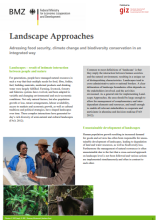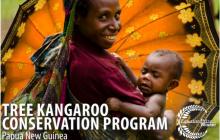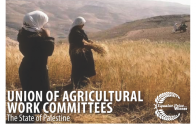Land Library
Bem-vindo à Biblioteca do Land Portal. Explore nossa vasta coleção de recursos de acesso aberto (mais de 74.000), incluindo relatórios, artigos de revistas científicas, trabalhos de pesquisa, publicações revisadas por pares, documentos jurídicos, vídeos e muito mais.
/ library resources
Showing items 1 through 9 of 158.Water- and land-related resource conflicts are the starting point of the Zambian nexus study. Zambia is endowed with abundant land and water resources, the utilisation of which offers huge potential for the country’s economic development.
Financing forest restoration with the private sector – Does it work?
Irrigation can help to improve and stabilise agricultural productivity, thereby contributing to food security and to resilience against climate change.
The diffusion of supermarkets in developing countries has profound implications – not only for existing retail stores and informal vendors but also for millions of producers and intermediary traders in the respective supply chains, and for consumers in these countries.
In 2015 the global community committed itself to an ambitious programme of reform. Achieving the Sustainable Development Goals and implementing the resolutions of the Paris climate conference require that great efforts are made – including those of a financial nature.
In order to stimulate revenue mobilisation and local autonomy, some governments decentralise property taxes to the municipal level.
Reducing Emissions from Deforestation and Forest Degradation (REDD+) is a mitigation instrument that creates a financial value for the carbon stored in standing forests.
Local and indigenous communities across the world are advancing innovative sustainable development solutions that work for people and for nature. Few publications or case studies tell the full story of how such initiatives evolve, the breadth of their impacts, or how they change over time.
Local and indigenous communities across the world are advancing innovative sustainable development solutions that work for people and for nature. Few publications or case studies tell the full story of how such initiatives evolve, the breadth of their impacts, or how they change over time.




